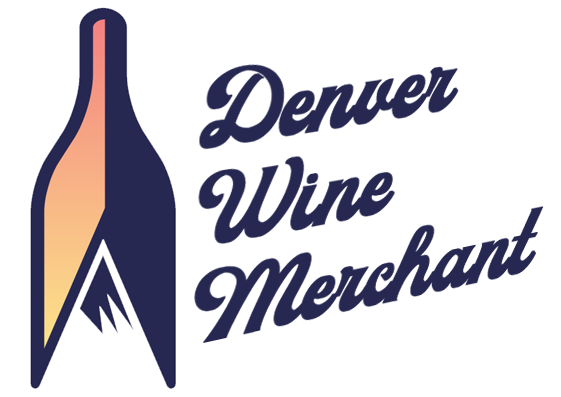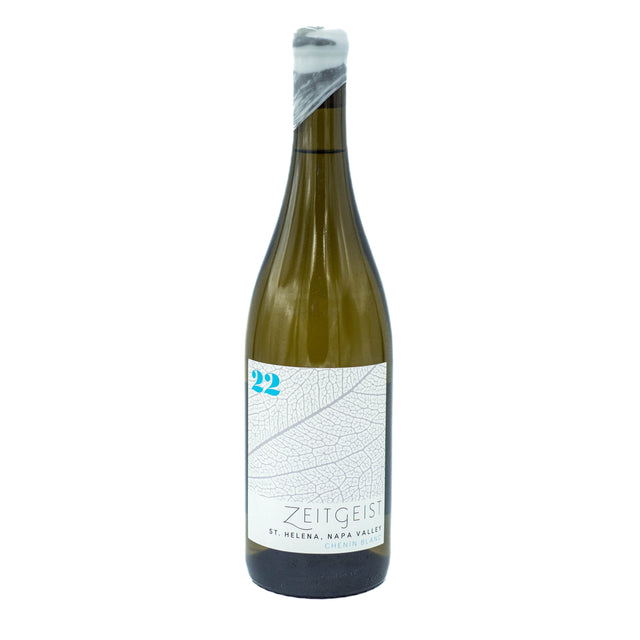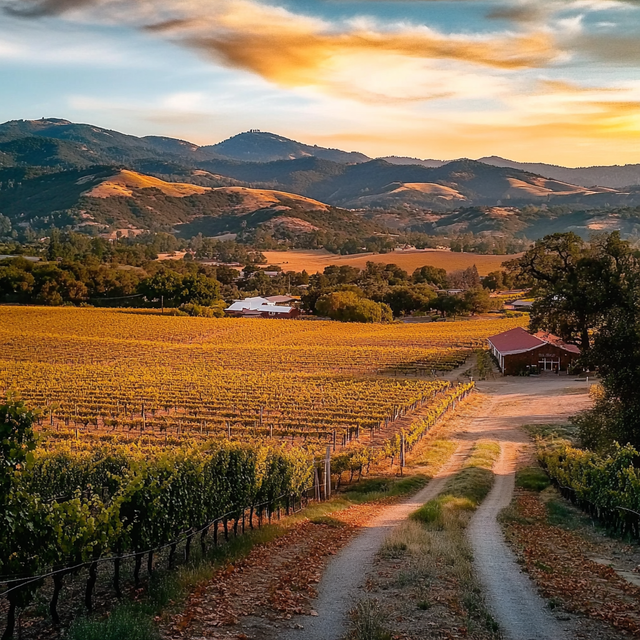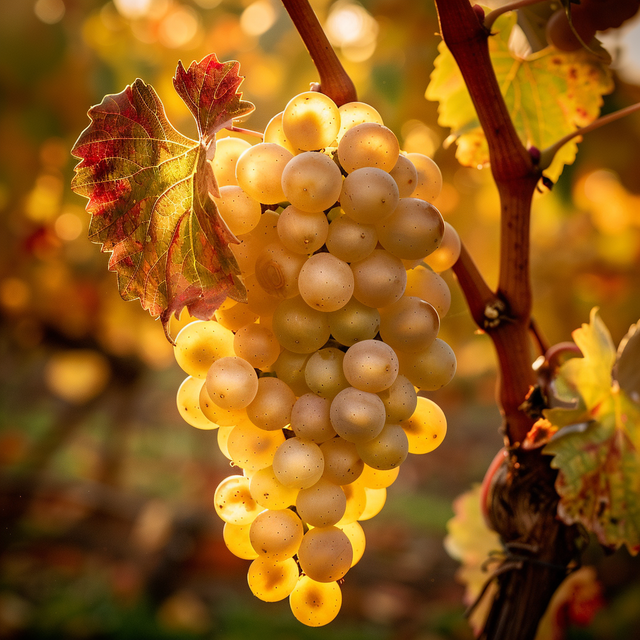Napa Valley, a narrow strip of land in Northern California, is one of the world's most renowned wine regions. Its history dates back to the mid-19th century, but its rise to international prominence began in the latter half of the 20th century, particularly after the famous 1976 "Judgment of Paris" tasting, where Napa wines triumphed over French counterparts. Geographically, the valley is roughly 30 miles long and a few miles wide, running north-south, bordered by the Mayacamas Mountains to the west and the Vaca Range to the east. The climate varies significantly from south to north: the southern end, near San Pablo Bay and including the Carneros region, is cooler, influenced by fog and breezes, while the northern end, near Calistoga, experiences much warmer temperatures. This gradient, along with the distinction between the fertile valley floor and the rugged mountain vineyards, contributes to a diversity of growing conditions, allowing for a wide range of grape varieties, though Cabernet Sauvignon reigns supreme.
California - Napa Valley
Chenin Blanc, celebrated for its high acidity and versatility, finds its most iconic expressions in the Loire Valley of France and the sun-drenched vineyards of South Africa. In the Loire Valley, it's the backbone of an array of styles, from vibrant, dry whites to lusciously sweet wines, showcasing the grape's remarkable ability to reflect terroir and respond to winemaking techniques. Meanwhile, South Africa has embraced Chenin Blanc, locally known as Steen, producing wines that range from fresh and fruity to complex and age-worthy, further cementing the grape's global appeal and adaptability.




